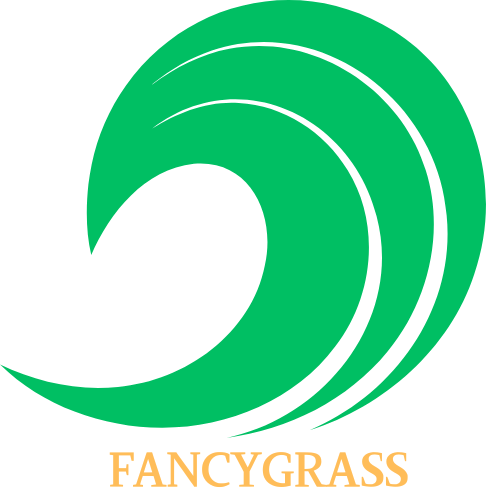Introduction
Artificial grass has become increasingly popular for its low-maintenance, lush green appearance. However, even the most durable synthetic turf requires some care and attention to ensure it stays beautiful for years to come. This comprehensive guide will outline the essential steps to maintain your artificial grass and keep it looking its best.
Why You Need to Maintain Artificial Grass
While artificial grass is significantly less demanding than natural lawns, it’s not completely maintenance-free. Neglecting routine upkeep can lead to:
- Accumulation of Debris: Leaves, twigs, and other debris can trap moisture and create an ideal environment for mold and mildew.
- Staining: Spills and accidents can leave unsightly stains on the turf, affecting its aesthetic appeal.
- Matting: High traffic areas can cause the blades to flatten and mat, reducing the overall softness and lifespan.
- Reduced Drainage: Dirt and debris buildup can block the drainage holes in the turf, preventing water from flowing through properly.
Regularly Clean and Remove Debris
A key to maintaining your artificial grass is regular cleaning. Remove fallen leaves, twigs, and other debris promptly to prevent them from accumulating and hindering drainage. You can use a leaf blower, rake, or even a broom to clear the area.
Manage Stains Promptly
Spills happen! Act quickly to remove stains. For everyday stains like food, drinks, and pet accidents, blot the area with a paper towel and clean with a mixture of warm water and mild soap. For tougher stains like oil or grease, you can use a solution of ammonia in water.
Rinse Down Your Turf Regularly
Periodically rinse your artificial grass with a hose to remove dust, pollen, and other fine debris. This will help keep your turf looking fresh and prevent the buildup of contaminants.
Brush the Grass to Maintain Its Shape
To prevent matting, brush your artificial grass against the direction of the blades, especially in high-traffic areas. Use a brush with plastic or natural fiber bristles for a gentle yet effective clean.
Pay Attention to Pet Waste
Pet owners can still enjoy artificial grass! However, it’s essential to remove solid waste promptly and rinse the area with a hose. Consider using an antimicrobial infill to help control odors and promote hygiene.
Create a Seasonal Care Plan
Develop a seasonal maintenance routine for your artificial grass. Pay extra attention during the fall to clear debris and during the summer when you’re using your outdoor spaces more frequently.
Remove Weeds as Soon as They Appear
While weeds are less common on artificial grass, they can still grow in the infill or from underneath. Remove them promptly by hand or with a natural weed killer.
Conclusion
Maintaining your artificial grass is a simple process that will pay off in the long run. By following these basic tips, you can keep your synthetic lawn looking lush, clean, and vibrant for years to come.
자주 묻는 질문
Q: Can I use a metal rake on artificial grass?
A: No, metal rakes can damage the fibers of your artificial grass. Use a rake with plastic or natural fiber bristles instead.
Q: What should I do about stubborn stains?
A: If you are unable to remove a stain with mild cleaning solutions, consider contacting a professional for stain removal assistance.
Q: Can I use bleach on artificial grass?
A: No, bleach can damage the fibers of your synthetic turf. Use mild soap and water for cleaning.
Q: How often should I brush my artificial grass?
A: Brush your turf monthly, especially in high-traffic areas.
Q: What kind of brush should I use?
A: Use a brush with plastic or natural fiber bristles. Avoid brushes with metal bristles.
Transform your outdoor space with the beauty and durability of artificial grass. We offer free artificial grass samples.We’re a leading artificial grass manufacturer in China, and we’re here to help you every step of the way. Get a free site plan and quotation plan from our experts.

